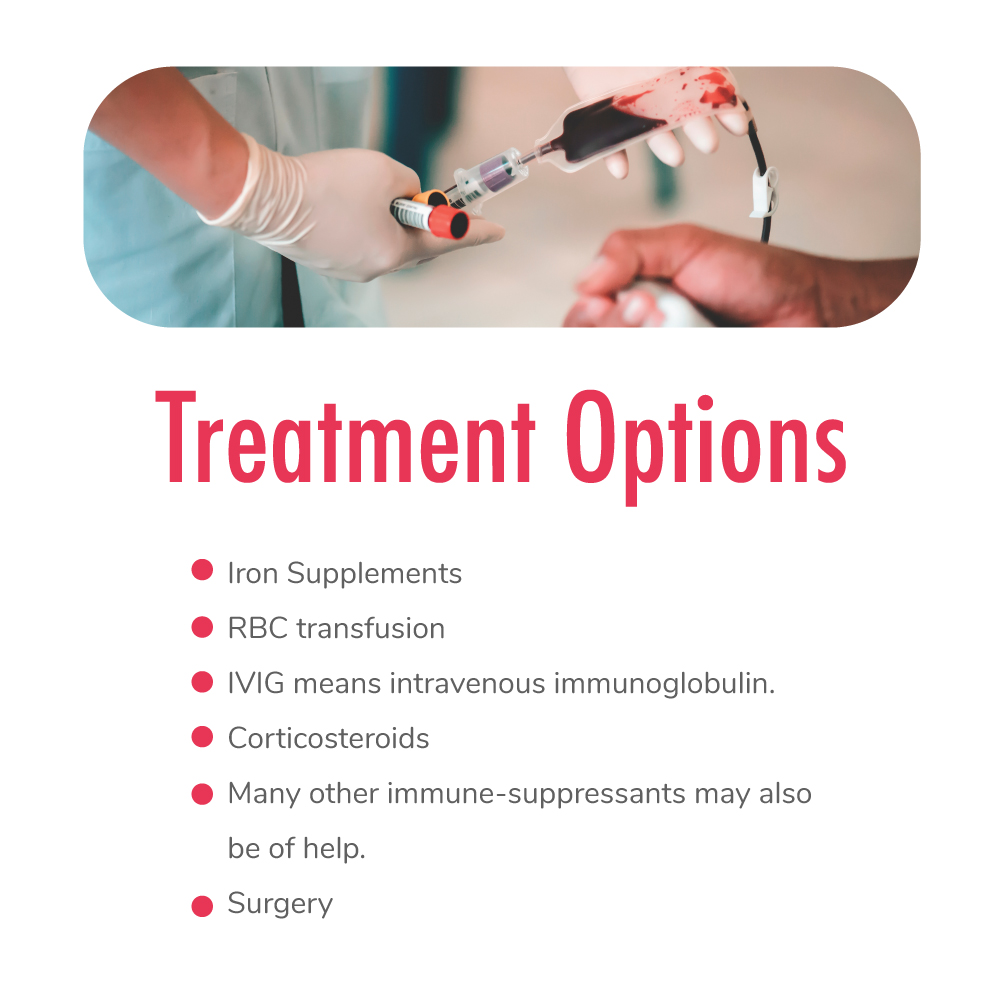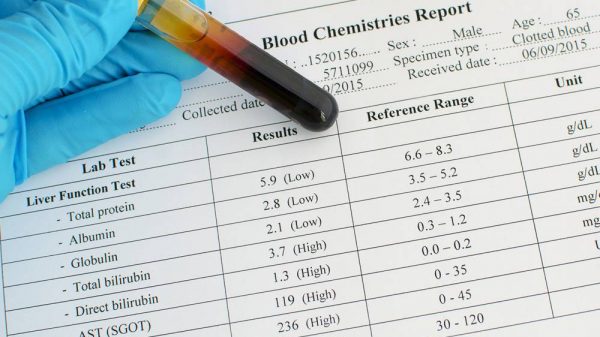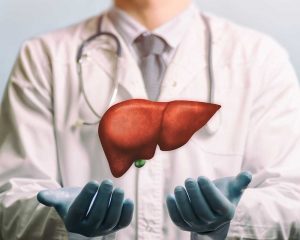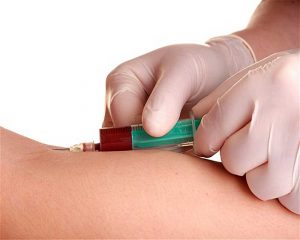Jaundice is a symptom, not a disease. It shows a sign that there is an underlying illness. Hemolytic jaundice is one of the symptoms of hemolytic anemia. It is one of the different types of jaundice, which means a yellow tinge to the whites of the eyes as well as the skin. But that is not the only thing when a person has jaundice. The fluids in your body may also turn yellow. This is caused by an increased level of bilirubin in the body. How yellow your skin and eyes would be is determined by how much the bilirubin in your body is.
Where exactly does bilirubin come from? It is one of the waste materials in your body that you can find in your blood. If the skin and eyes have a yellow coloration, then the bilirubin level is still moderate. But when bilirubin becomes very high, they will appear somewhat brown. Meanwhile, around 60 percent of the children born in America have jaundice. But then, adults have jaundice too. Aside from hemolytic anemia, liver problems, as well as bile duct obstruction can also cause jaundice. In this article, we will tell you all you need to know about hemolytic anemia, how it causes jaundice, other symptoms, as well as the cure.
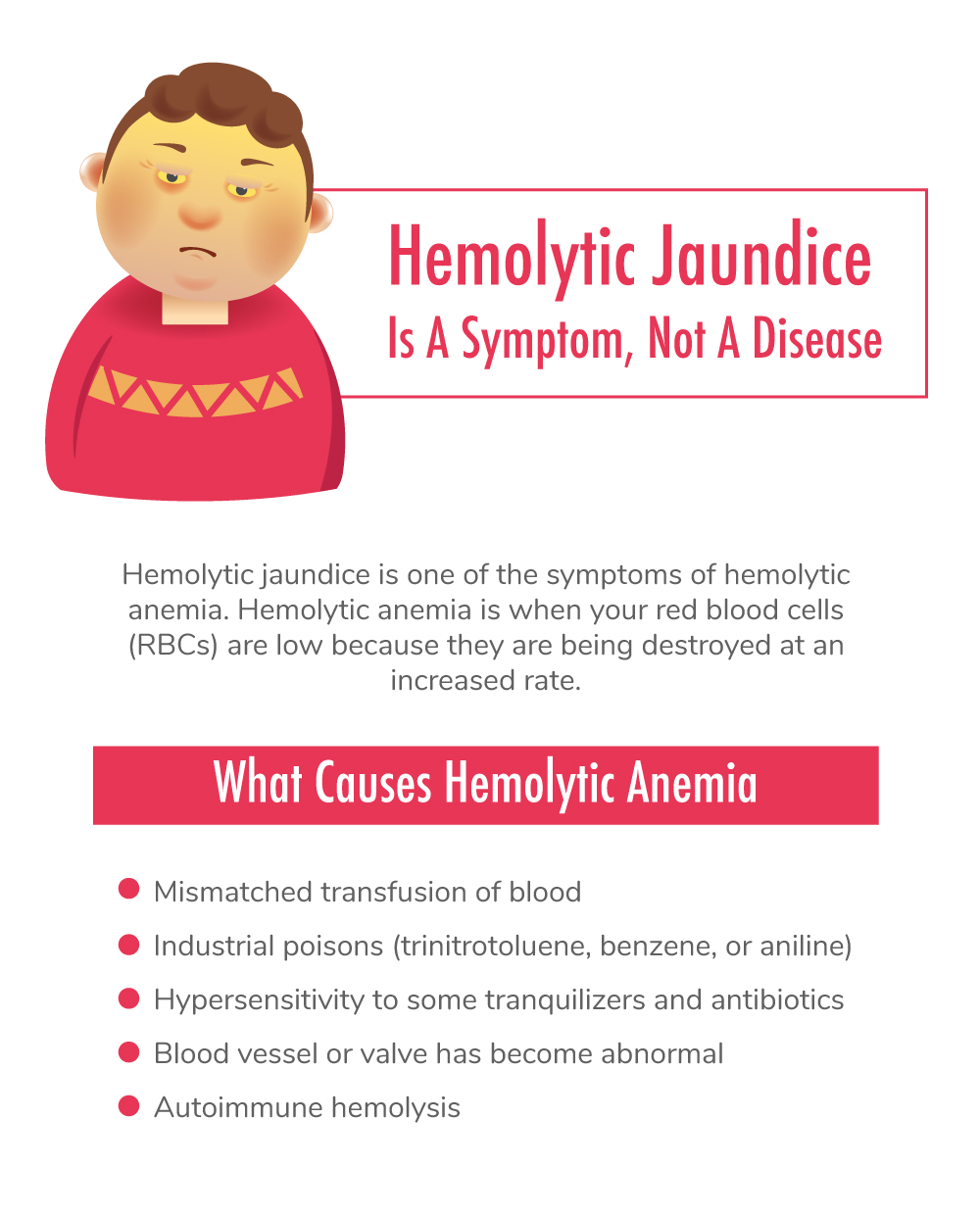
Hemolytic Anemia Causes Hemolytic Jaundice
Hemolytic anemia is when your red blood cells (RBCs) are low because they are being destroyed at an increased rate. It may be quite fatal in children when it is caused by rhesus incompatibility.
This happens when the mother’s Rhesus factor is not compatible with the child’s Rhesus factor. The condition is referred to as erythroblastosis fetalis.
Other things that may cause hemolytic anemia and lead to jaundice include mismatched transfusion of blood as well as industrial poisons like trinitrotoluene (TNT), benzene, or aniline.
Hypersensitivity to some tranquilizers and antibiotics may also lead to RBC destruction. This kind of hemolytic anemia is called drug-induced anemia.
Sometimes, it could be that there is a mechanical obstruction due to valvular or microvascular abnormalities. This means that a blood vessel or valve has become abnormal.
Disorders of the immune response can also cause hemolytic anemia. When this happens, antibodies form your B-cells would not be able to recognize that erythrocytes are normal cells in the body. Then, they would begin to directly these normal cells and destroy them as if they were foreign bodies. This is called autoimmune hemolysis.
Finally, in some cases, hemolytic anemia may be secondary to other conditions like Hodgkin’s disease, leukemia, other forms of cancer, liver disease, and acute alcoholism.
Jaundice is not the only symptom of hemolytic anemia. Some symptoms would even appear earlier than jaundice. Usually, someone with hemolytic anemia would have jaundice alongside the other typical symptoms of hemolysis and anemia.
Hemolytic jaundice could be a recurrent syndrome in rare conditions. A person who has this problem experiences episodes of extreme hemolysis because his/her red blood cells are abnormally fragile. The typical structure of the RBCs in such a condition is small-sized and spheroidal.
Anything that can cause hemolytic anemia would lead to jaundice except it is taken care of in its early stages. Destruction of red blood cells releases bilirubin into the body. With more bilirubin than normal in the body, the result is jaundice.
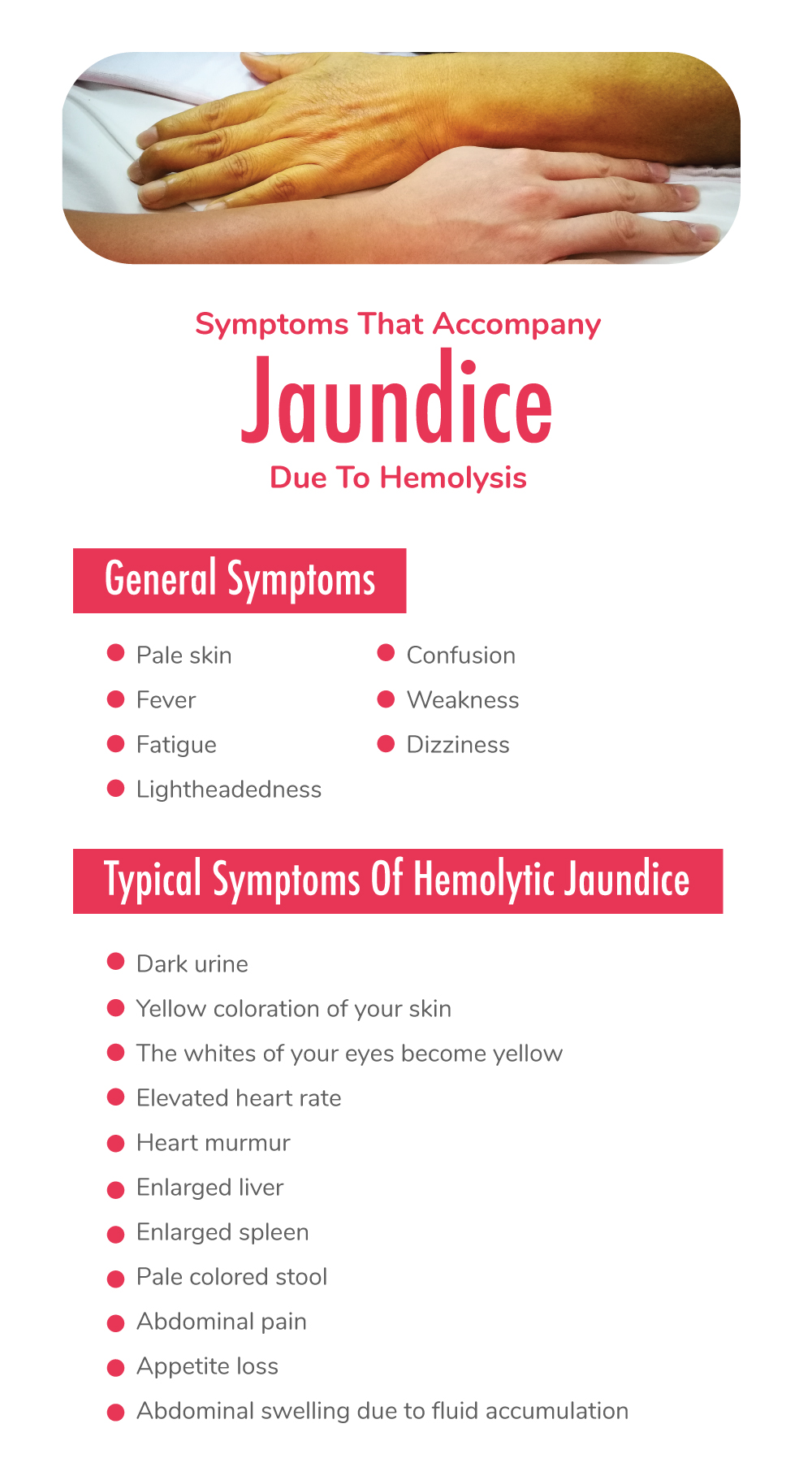
Other Symptoms That Accompany Jaundice Due To Hemolysis
Like we said before, jaundice itself is just a symptom. So the type of jaundice a person has is determined by the cause of jaundice in the first place. So before you can say that a particular case of jaundice is hemolytic, there must be clear signs and symptoms of hemolytic anemia.
Meanwhile, hemolytic anemia itself has a lot of different causes. Each of these causes has its distinct symptoms. So, two people with hemolytic anemia may not have the same symptoms. It all depends on the root cause of their hemolytic anemia in the first place.
But then, some symptoms are common to all cases of hemolytic anemia aside from the risk of jaundice. Firstly, you will notice all the general symptoms of anemia, regardless of the type. These general symptoms are as follows:
- Pale skin
- Fever
- Fatigue
- Lightheadedness
- Confusion
- Weakness
- Dizziness
But to distinguish hemolytic anemia from other types, you will notice the following distinguishing symptoms. They are the symptoms that are typical of hemolytic jaundice. Such symptoms are as follows:
| Dark urine | Pale colored stool |
| Jaundice | Abdominal pain |
| Elevated heart rate | Appetite loss |
| Heart murmur | Ascites |
| Enlarged liver | Enlarged spleen |
What Are The Treatment Options?
The definitive treatment for hemolytic jaundice is determined by the original cause of hemolysis. Once the original cause has been cured, jaundice would clear out. Typical treatment options are as follows:
- Iron Supplements could help is hemolysis is caused by iron deficiency.
- RBC transfusion may be an option too. It helps to rapidly increase the level of RBCs while replacing destroyed blood cells with the new ones being given by transfusion. That way jaundice would clear out.
- IVIG means intravenous immunoglobulin. You can do this so that the external immunoglobulin can blunt your body’s immune response if the condition is autoimmune. This would halt the immune process that led to hemolysis and clears out jaundice.
- Corticosteroids can also reduce the activity of the immune system. So they help treat autoimmune hemolysis that may cause jaundice. You need a doctor’s prescription to buy most corticosteroids.
- Many other immune-suppressants may also be of help.
- Surgery may be the final option if the case is very severe. The procedure is called a splenectomy. The surgeon would remove your spleen to slow down the destruction of your RBCs.
Why the spleen? The spleen is the main site for the destruction of red blood cells. So if there is a massive destruction RBCs, the doctor may need to surgically take out your spleen to slow down the rate.
Surgery is always the last option. Doctors resort to it if the condition refuses to respond to immune-suppressants such as corticosteroids.
Hemolytic jaundice is usually a symptom of hemolytic anemia, which, in turn, has many different causative factors. The symptoms usually depend on the original cause of hemolysis, but there are some general symptoms. The cure for this type of jaundice would depend on the original cause of hemolysis, so you should see your doctor for proper diagnosis and treatment.
